Transcription and
Collaboration
UX Research & Design
GALE, Summer ’18

Overview
In the summer of 2018, I worked with a fantastic team of UX Designers, Researchers and Product Managers at Gale, Cengage. Our goal was to explore and design additional features for Digital Scholar Lab, a tool to cater the needs of Digital Humanities Researchers. I loved working on this project, because of the unique challenges it presented. The product was in beta, and I had to work within the existing design and technical constraints. The team was experienced and supportive. Frequent interactions with the product manager helped me develop a business and development perspective of the product, which helped me make informed design decisions.
role
UX Design & Researcher
duration
3 months. Summer '18
tools
Interviewing, Prototyping using Axure, Design Sprint.
background
What is Digital Humanities?
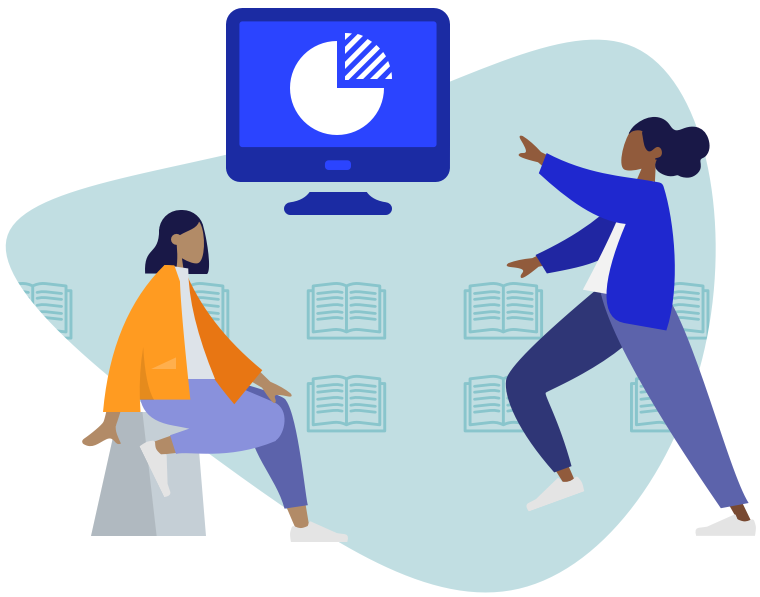
Digital Humanities is a new interdisciplinary field of research which involves humanities and computing. GALE has an impressive collection of ancient archives which are used by humanities researchers from various educational institutes. Some of these researchers use text mining and other computational methods to gain interesting insights.
DSLAB aims to provide some necessary computational tools for the researchers and also help them clean the transcribed text and collaborate with other researchers.

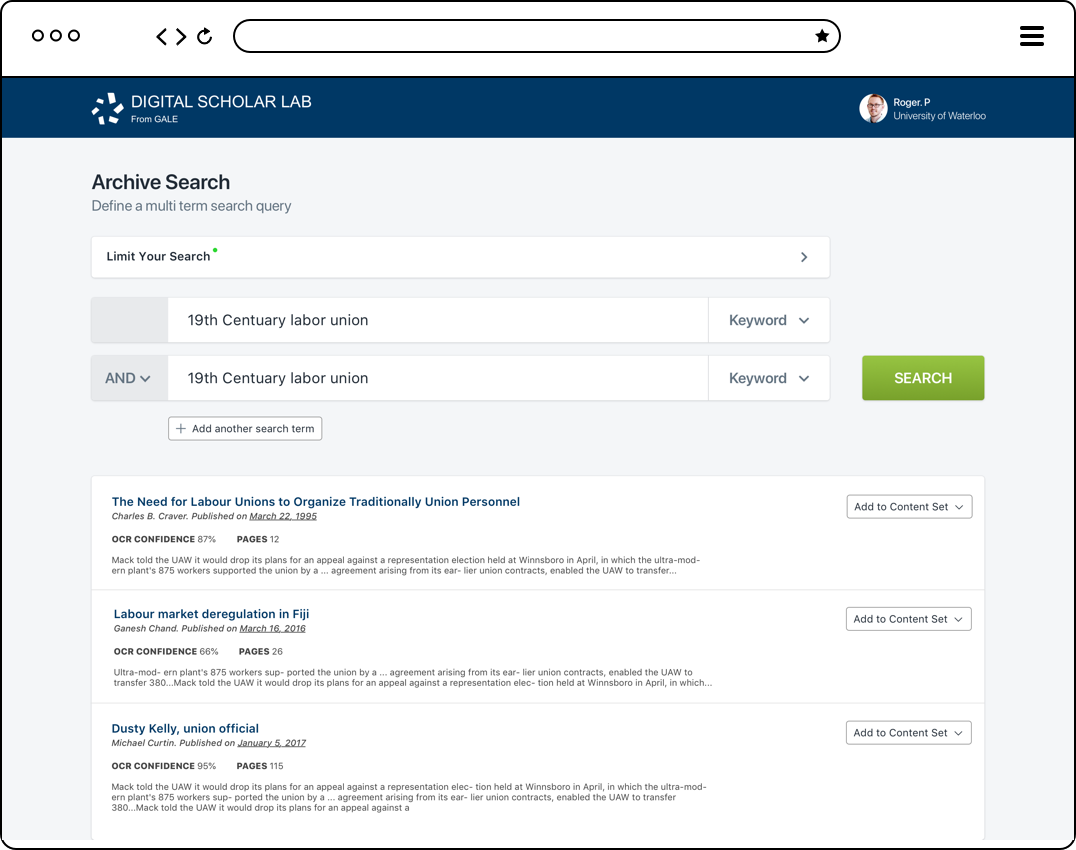

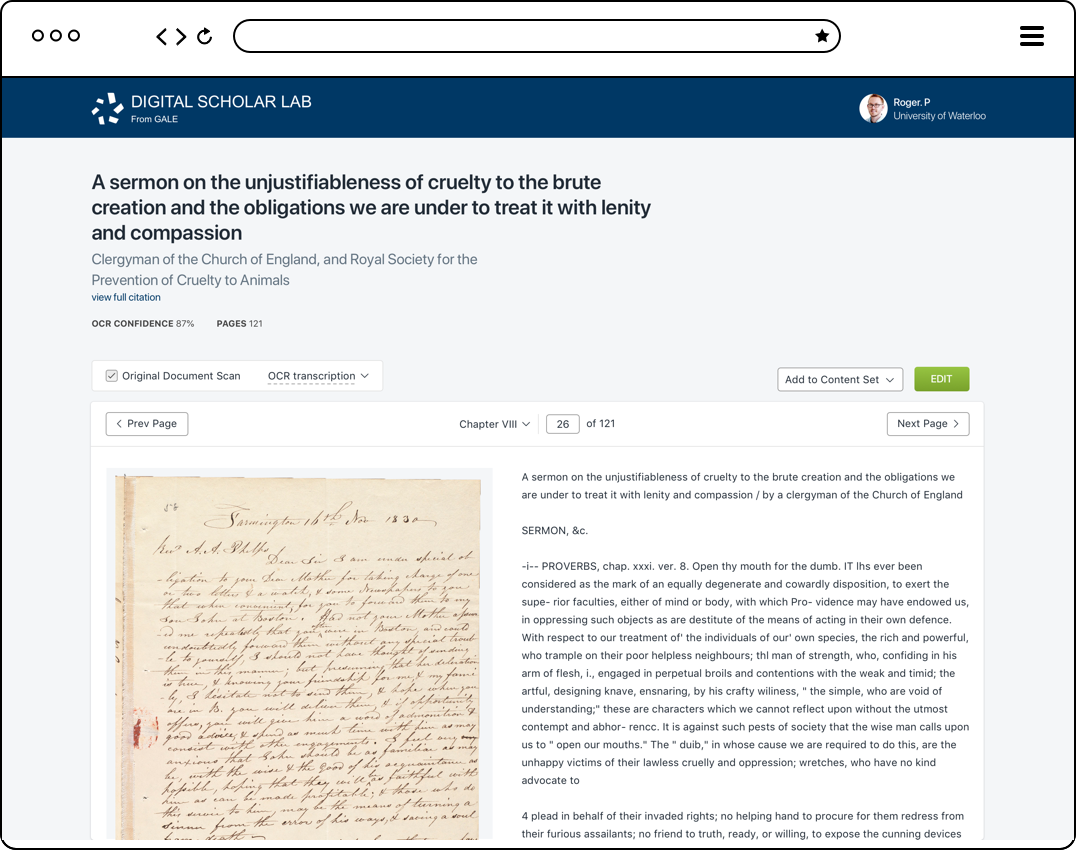
opportunity #1
A transcription editor
When I joined the UX team at Gale, Cengage, they were looking at the DH research lifecycle and found that DH researchers spend a considerable amount of time cleaning and transcribing text. I was tasked with using this opportunity to develop a transcription editor for DSLAB.
research plan
Research Plan
Here's an approximate timeline of the work I did for the DSLAB project. I learned that while it is important to make a plan for the Research and Design process, the plan should be flexible enough to accommodate last-minute changes as well. Some interviewees rescheduled their interview at the last minute

redefining the problem statement
People don’t want to buy a quarter-inch drill. They want a quarter-inch hole.
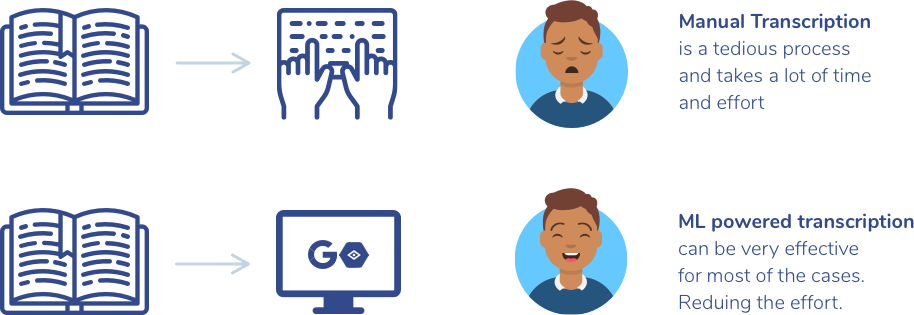
When I first started working on the project, I questioned the purpose of the transcription editor. The final aim of the transcription feature is to produce text which can be used for data analysis. There can be other ways to do this as well. GALE uses one of the best Optical Character Recognition software. However, the latest machine learning algorithms by Google and Microsoft do a much better job at converting images to text.
comparative analysis
Popular Transcription techniques
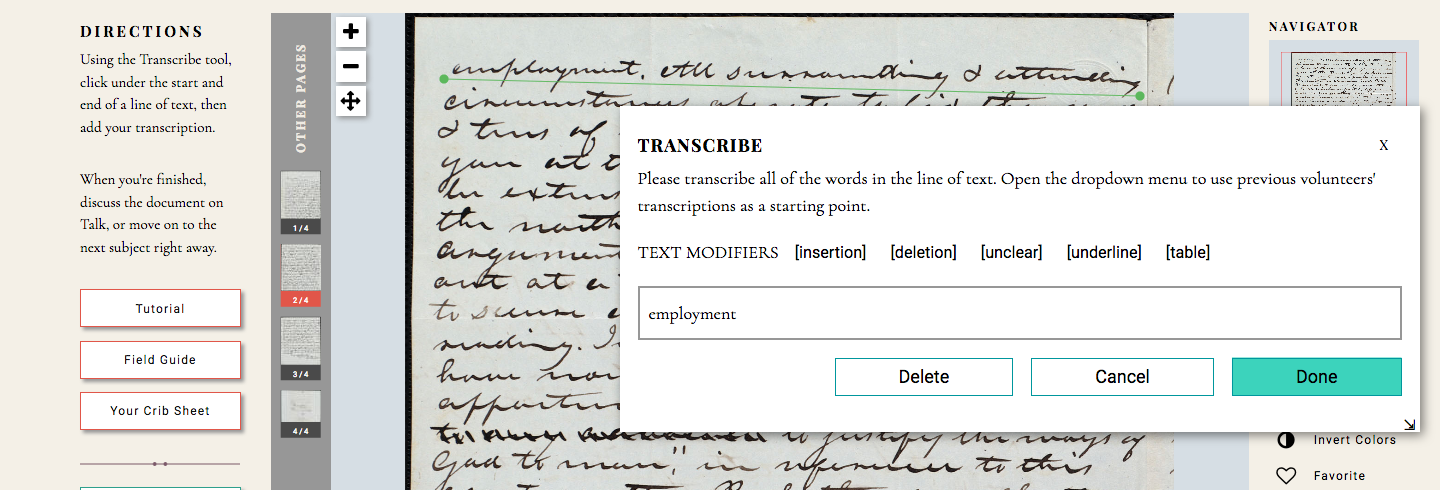
Zooniverse is a place for untrained users to learn and contribute to existing research projects. I appreciate the thorough onboarding process in these projects and interactive text entry tool which helps mark the region on the page as well.
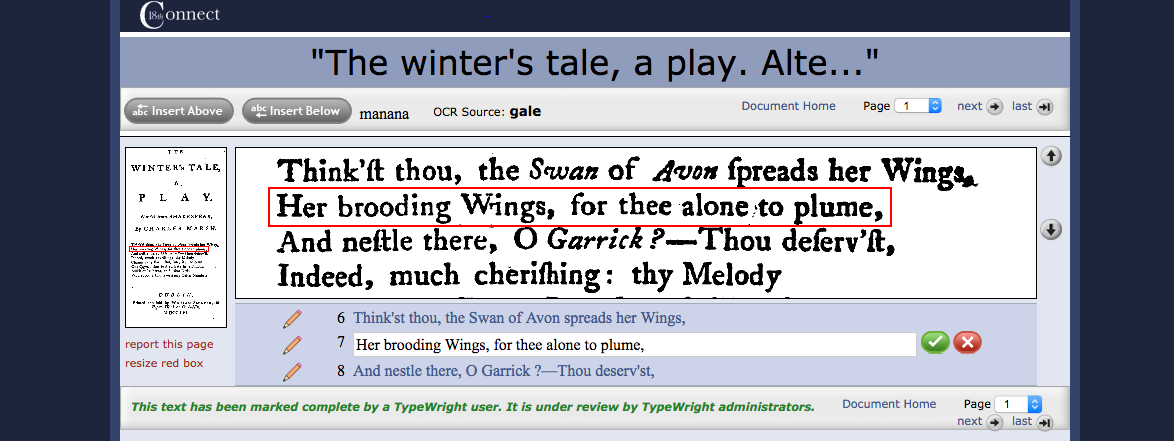
Typewright allows volunteers to transcribe 18th-century texts. Typewright automatically identifies lines and juxtaposes the image and the text entry box. This makes it easy to concentrate on the text.
These tools like a few others have addressed the problem of transcribing online. I can use the combination of similar techniques for DSLAB as well.
personas
Our Target User
At GALE, Cengage we used personas extensively. The process of creating personas involve exploratory research in the form of unstructured interviews. The primary UX Researcher and some designers then work to convert the facts into personas. The details in the persona were fairly minimal, to allow for greater flexibility. The personas were then reviewed by other designers.






A meeting is held for the stakeholders discuss on who should be the primary, secondary and tertiary persona. This sets stage for making important product decisions in the future.

interviews
Understanding the current trends and challenges
Digital humanities is a relatively new and diverse field. There are no hard practices and conventions. To understand the current practices, I interviewed some researchers to learn how they work. Since the primary persona is not an expert researcher, I interviewed some novice users as well.
Since this is a niche product, finding interviewees was difficult. I reached out to multiple channels including Reddit, Discord, university mailing lists and contacts via other people at the office.
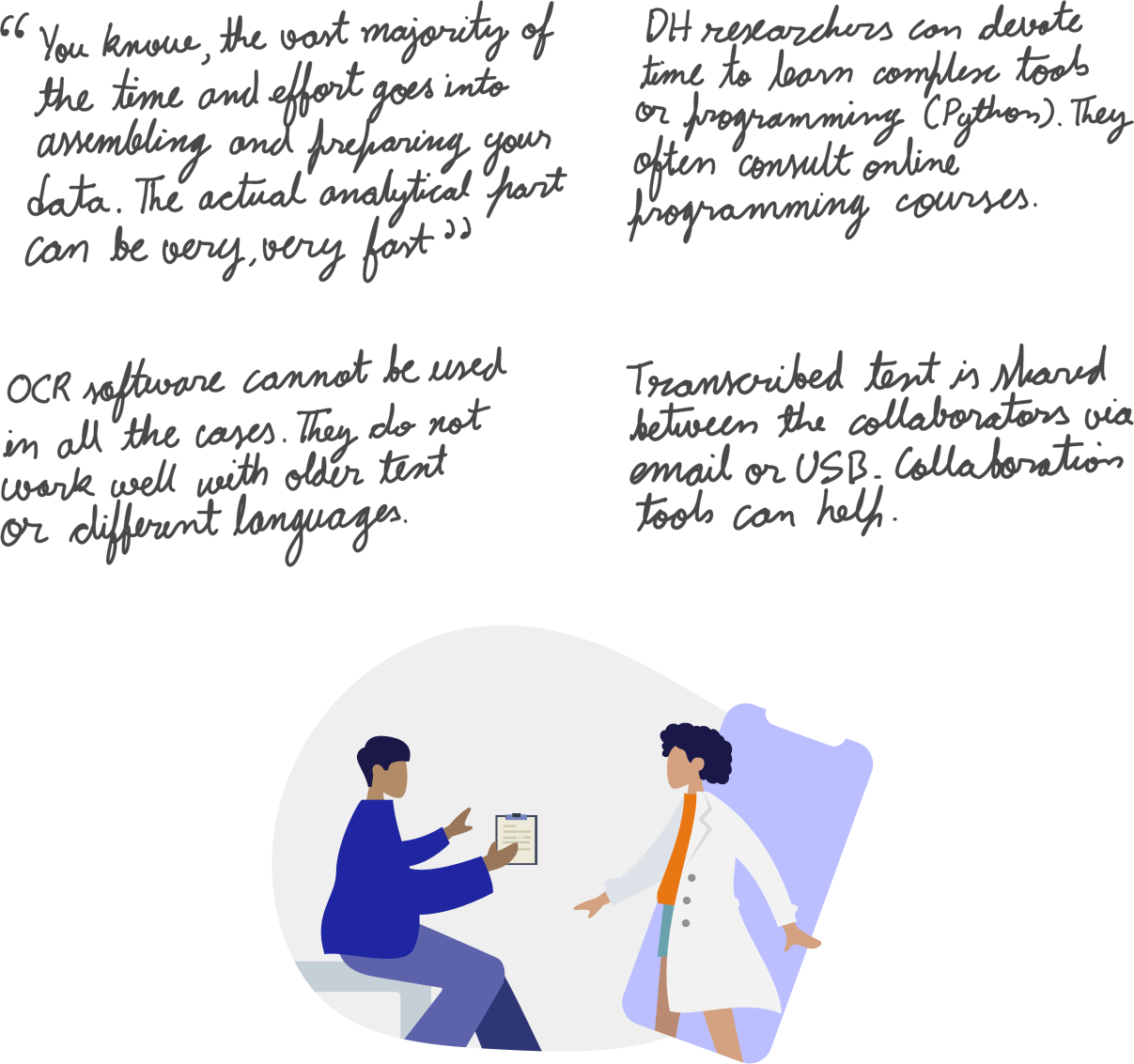
opportunity #2
A collaboration tool
I learned from the interview that larger DH projects and academic setting involve frequent collaboration between the researchers. There is no standard way to document and version large projects and files are often passed around in USB drives, email or online storage drives. Since transcription and collaboration is the most time-consuming part of the process, a collaboration tool could make research easier in DSLAB.
concept testing
Shortlisting the ideas
With the research findings, I came up with some concepts which could be used to address various opportunities. I came up with a new method to validate my ideas. Since the UX team had been working on DSLAB for a while, they had a fair idea of the users’ needs and wants. Piggybacking on this secondary experience, I made concept cards and discussed them with the team. This process allowed me to combine improve and shortlist the ideas.

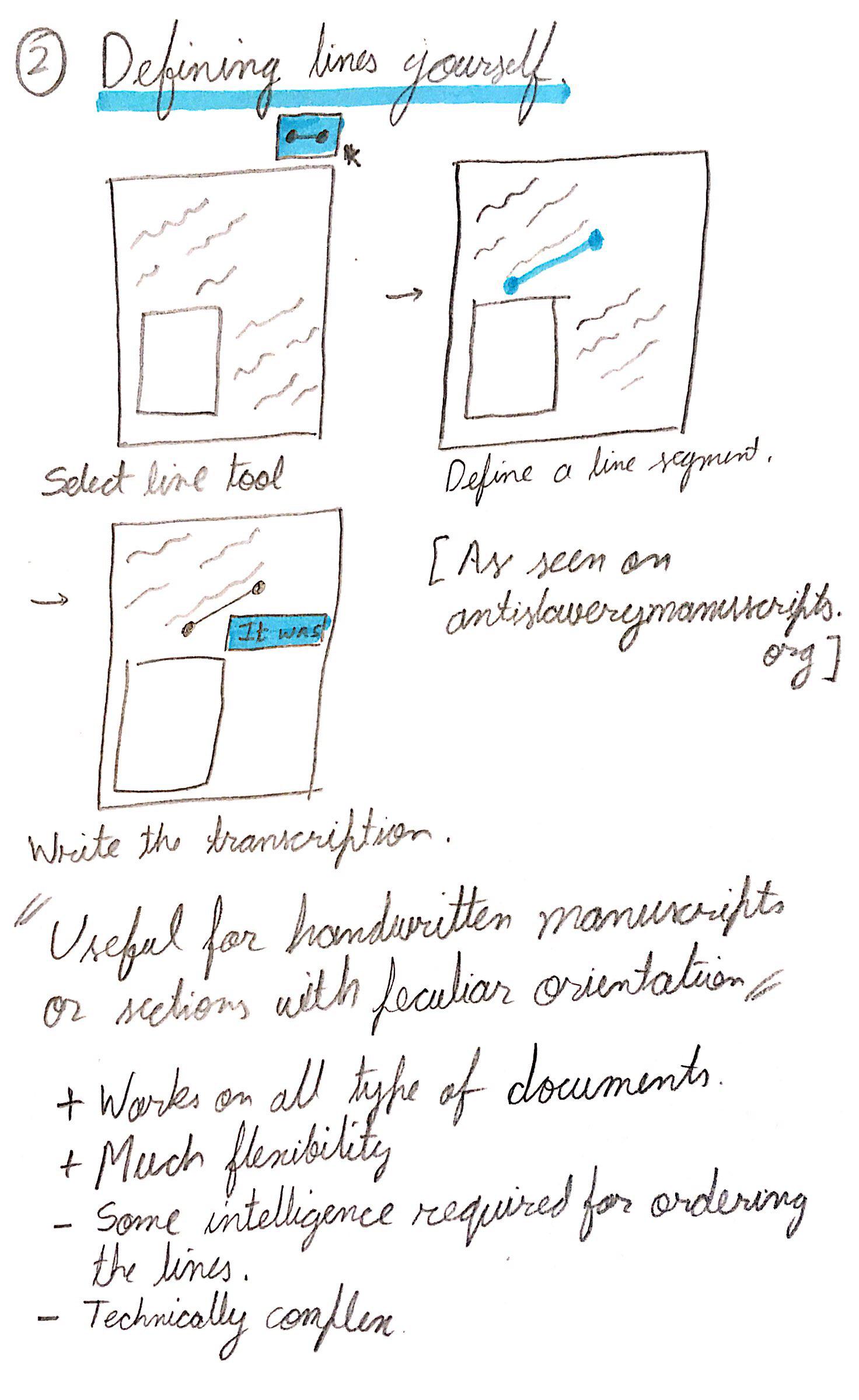
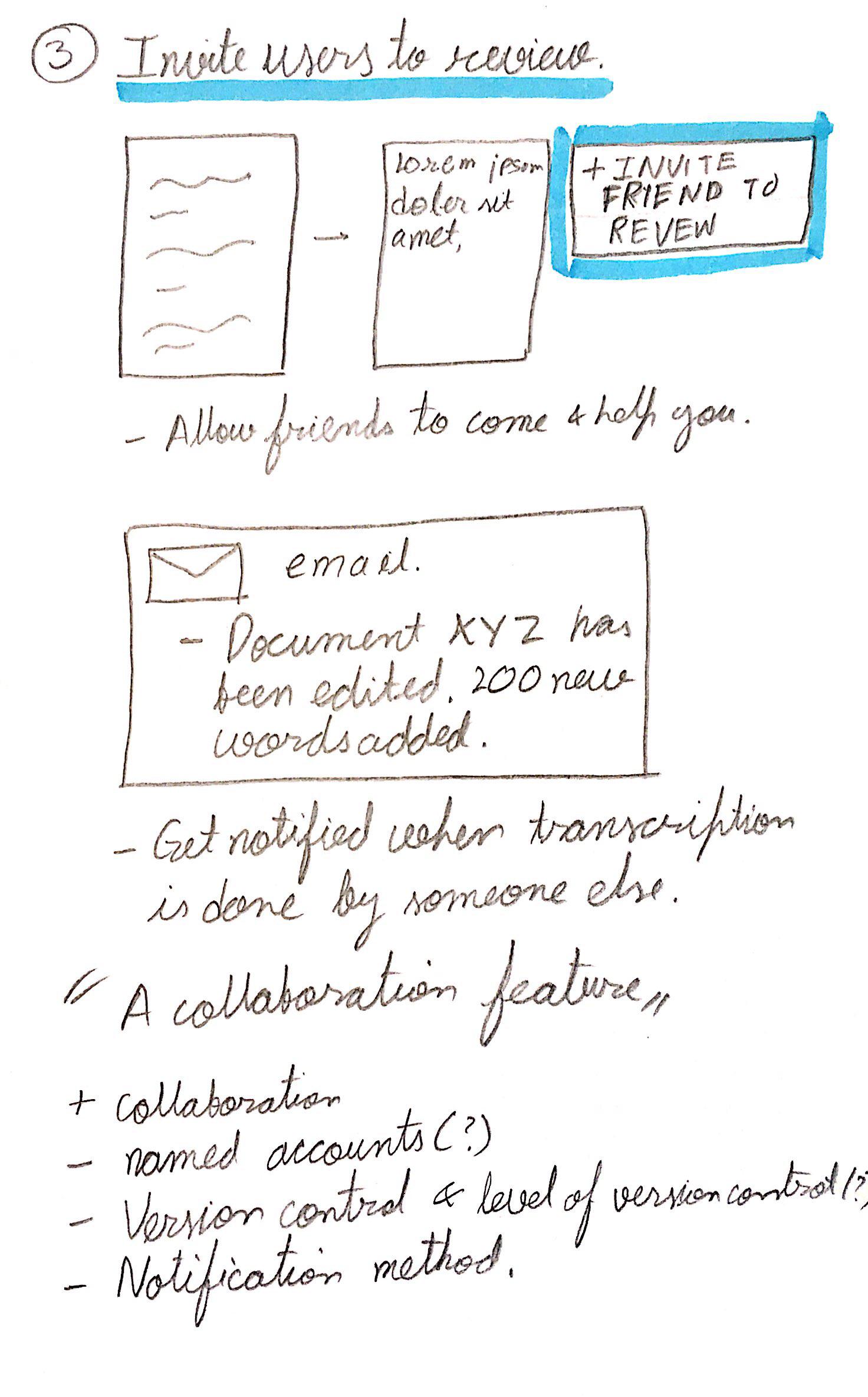
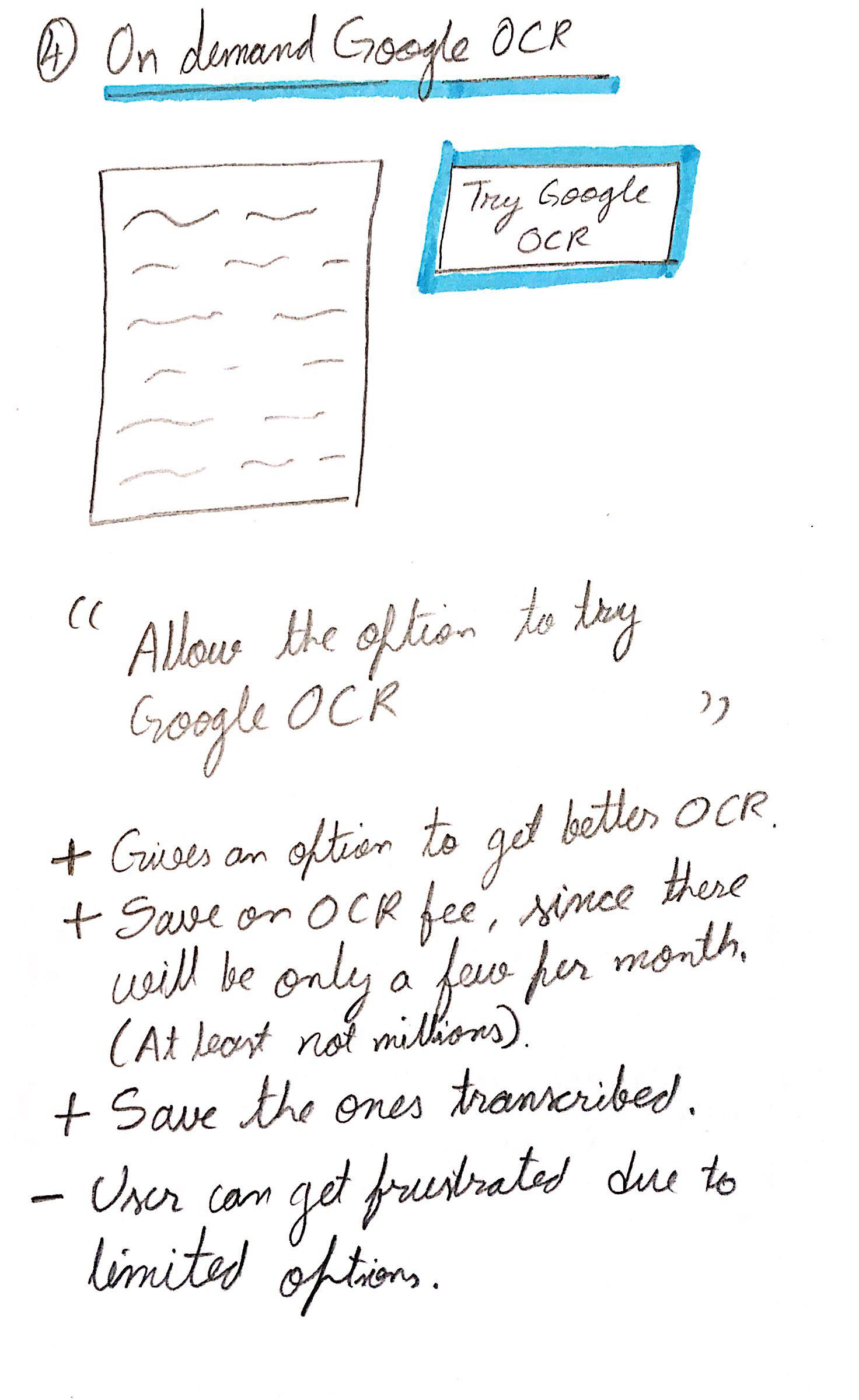
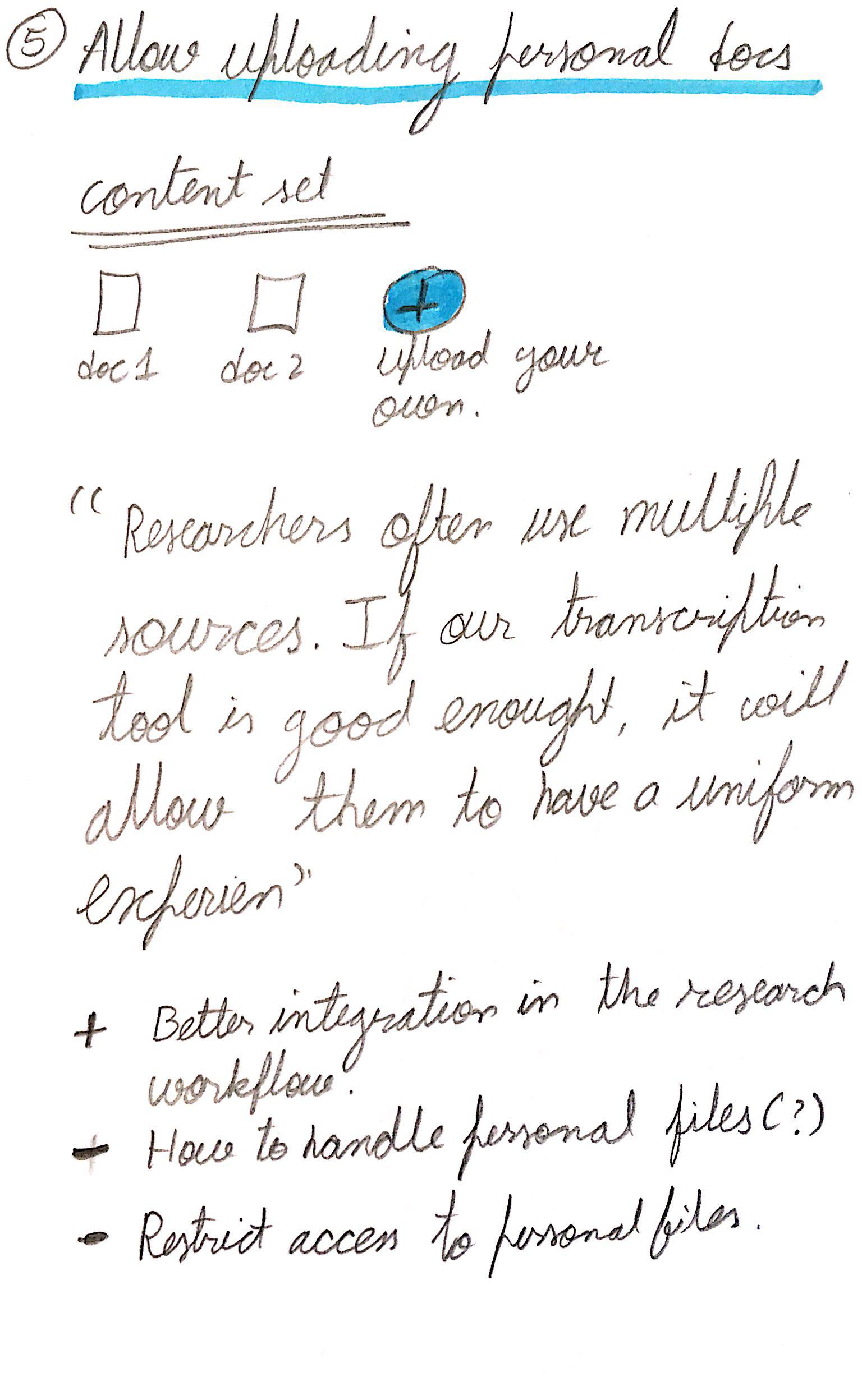
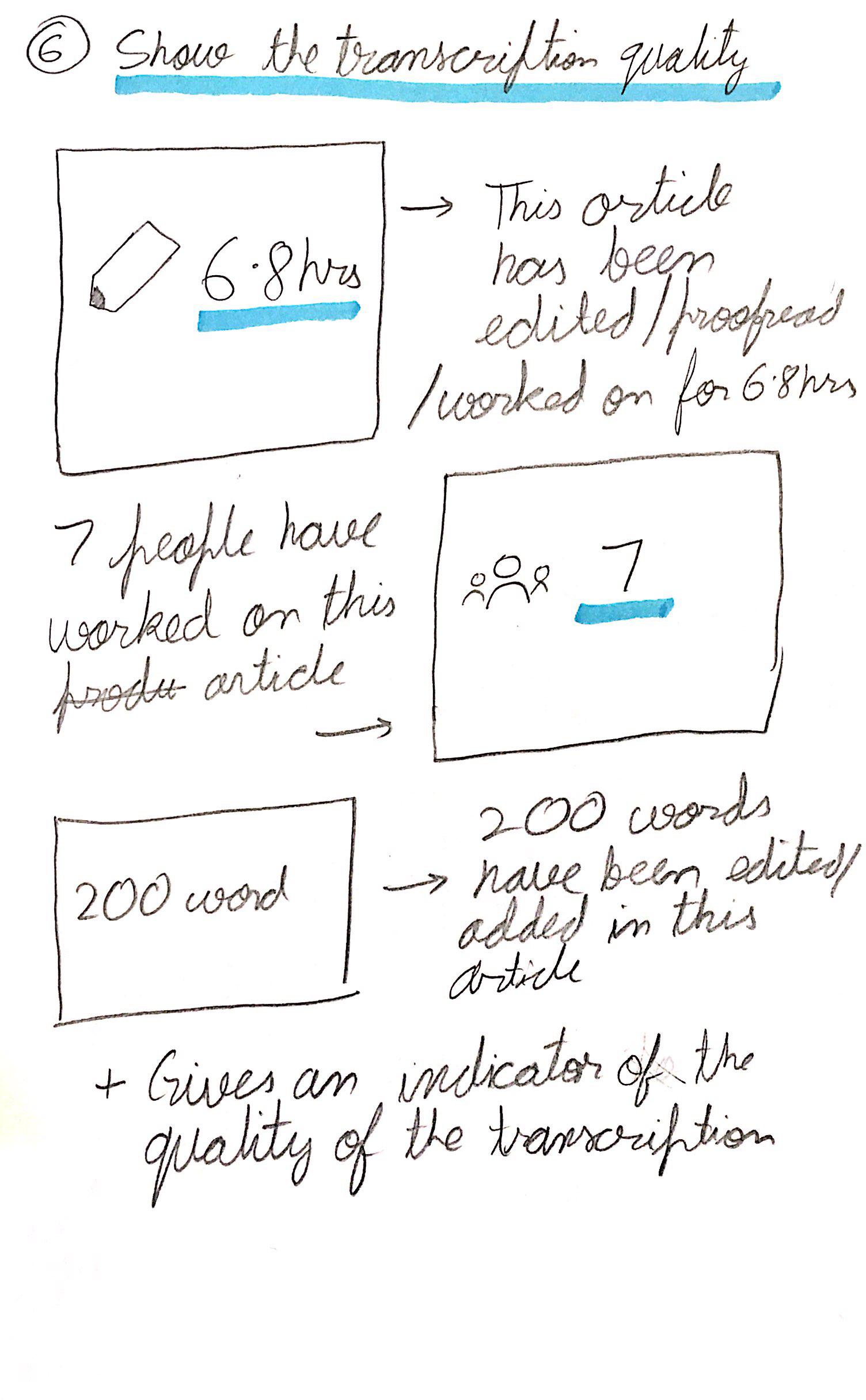
design decisions
Putting the research to work
Finally, it is time to put my research and concepts to test. I developed high fidelity mockups using sketch and Axure. The aim was to make the high fidelity mockups ready for a user testing session scheduled for later. The mockups shown on this page are subject to change and can be different from the interface of the latest version of DSLAB.





conclusion
If I had more time...
I am glad to have contributed to this amazing project at GALE Cengage. The product and its users were unique, and I got to learn a lot about them in the research phase. I discovered how to chalk realistic research plans and prepare for unexpected delays. If I had more time, I would conduct in dept user testing.
I am thankful to the UX team at GALE Cengage for this opportunity. The team was committed to promoting the best UX practices in the organization as GALE Cengage aims to move more and more of their products online. This was my first professional UX stint, a preview into what my career would look like in the future. I was able to use a lot of what I learned at school about UX, and this experience has reinforced my knowledge in the domain.


